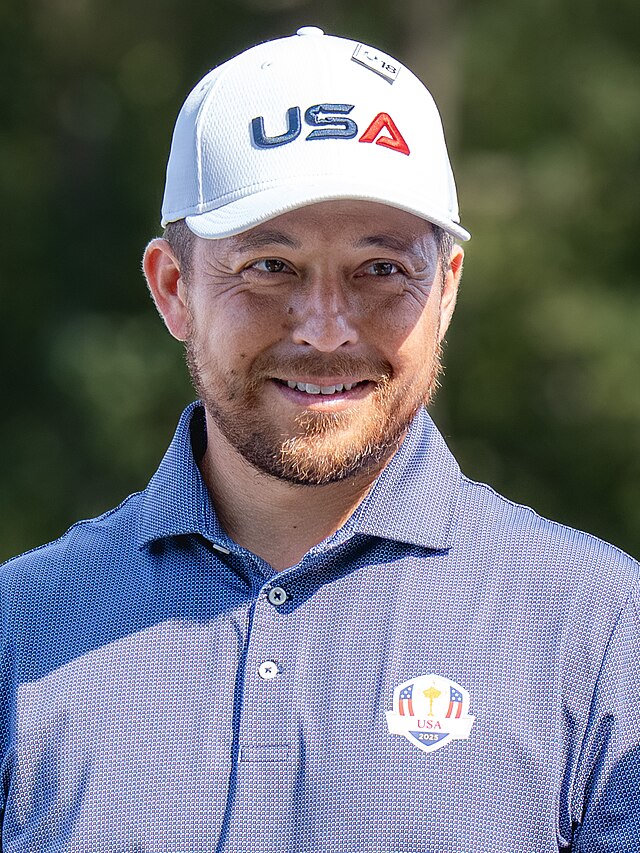
Xander Schauffele
Presidents Cup Record
Career Achievements
Major Championships
News Mentioning Xander Schauffele
Xander Schauffele's Historic 2024: Two Major Championships and Record-Breaking Excellence
Xander Schauffele captured two major championships in 2024—the PGA Championship and The Open Championship—with record-setting performances that announce his arrival among golf's elite competitors.
Medinah 2026 Preview: Snedeker vs Ogilvy - Can International Team End American Dominance?
Complete preview of the 2026 Presidents Cup at Medinah Country Club, where Brandt Snedeker's Team USA seeks an 11th straight victory against Geoff Ogilvy's International Team hoping for their first win since 1998.
Team USA Dominates 2024 Presidents Cup: Complete Montreal Recap & Analysis
Comprehensive analysis of Team USA's 18½-11½ victory at Royal Montreal Golf Club, extending their winning streak to ten consecutive triumphs in international team golf.
Biography
Xander Schauffele is one of the most consistent and well-rounded players in the world. In 2024, he achieved his breakthrough on the major stage, winning both the PGA Championship at Valhalla (with a record-breaking 21-under 263) and The Open Championship at Royal Troon. An Olympic gold medalist, he is known for his calm, methodical approach and a game with no apparent weaknesses. Schauffele has an outstanding record in team competitions, showcasing his reliability and clutch performance under pressure. He has become an indispensable member of Team USA, capable of partnering with anyone and delivering crucial points.
Player Statistics
Detailed Presidents Cup Record
Singles Record
Foursomes Record
Fourball Record
Defining Presidents Cup Moment
Xander Schauffele's defining moment came at the 2022 Presidents Cup, where he solidified his status as a team-play titan. He and partner Patrick Cantlay were the anchor of the U.S. team, going undefeated in their pairs matches. Schauffele's reliable ball-striking and calm demeanor were on full display as he capped his week with a commanding 3 & 1 victory in the Sunday Singles, becoming one of the team's top point-earners and a leader on the course.